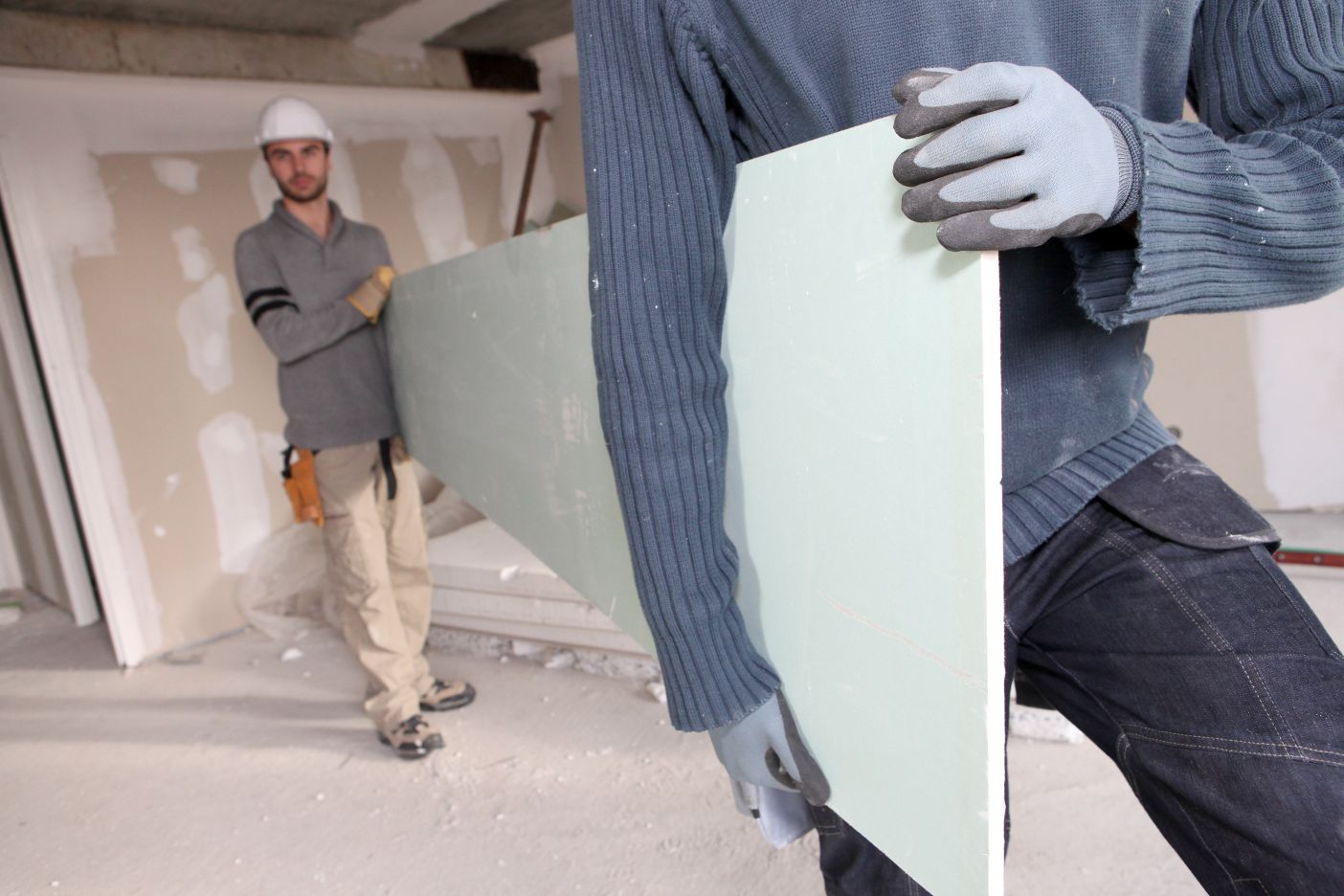Choosing the right plasterboard for your project

Choosing the right plasterboard for your new home or renovation project can be a daunting and confusing task. There are many different types of boards available to you, each with its unique attributes and uses.
Your choice is important because choosing the wrong board could mean expensive mistakes or, worse, compromising your building's structural integrity! It's important to know which type of board is best suited for the job and how to use it correctly. Not surprisingly, this can be a daunting and confusing task.
The good news is there are only two major types of plasterboards in Australia. This comprehensive guide will help you choose which kind of plasterboard to install – from gypsum boards to fibre cement boards. The guide will help you choose the right one for your needs to get it right the first time and avoid costly errors down the track.
What are my choices when choosing plasterboard or Gyprock?
Plasterboard is a versatile material. There are different types, and each one has its unique characteristics that make them ideal in certain circumstances or situations, but not so much in others.
Plasterboard is commonly used to finish internal walls and ceilings or external ones exposed to high humidity. It's available in several different thicknesses, but the most common is 10mm and 13mm.
When you choose which plasterboard to install for your project, consider these things:
- To which surface will you be attaching the board?
- What will be done to it after installation, such as painting or papering?
- How much weight does it need to bear?
- Where will you use it, and in what environment (high humidity versus dry)?
- What spans are your ceiling battens or wall studs?
Once you know these things, you will be well on your way to making your project a success. However, if 'information overload' strikes and you feel overwhelmed by all the choices available to you, don't panic. Just call our team of experts at Cairns Plaster Professionals on (07) 4243 6090 for assistance in choosing the plasterboard best suited for your project.
What is the difference between plasterboard and drywall?
Drywall is made out of softer material called gypsum, which doesn't crack. Sheets of it are nailed into the wooden studs when finishing the interior of a house, while plaster dries much more solid and can take longer than drywalls for installation; but in return, you get more durability with your walls!
Some other types of plasterboard
Sound Reduction Plasterboards
Sound reduction (or acoustic plasterboard) is of very high density, and its purpose is to reduce echoes within a room. It is very effective in buildings where noise pollution must be kept to the bare minimum, such as recording studios or offices.
Fire Boards
Fire boards are made of additives and glass fibre. This additive makes the board very resilient to fire and heat and can protect your home from fire. The boards have a pink surface that can be plastered and painted as required.
Water Resistant Boards
Water-resistant plasterboard is designed to withstand water and moisture. It has a green surface and is used mainly in showers or bathrooms. It's a great choice if you live in a humid area as it will deal with moisture more effectively.
So, what's the verdict? There are several commercial and domestic uses for plasterboard. Choosing the right plasterboard for your project can be a daunting and confusing task. You need to know which type is best suited for the job you have in mind and how to use it correctly. Take your time to handpick the right kind of plasterboard for your purposes to ensure it is durable enough and will serve your purpose well.
Need help choosing plasterboard?
If you live in Cairns, Far North Queensland, have a chat with the local plasterers at Cairns Plaster Professionals. They can assist you to choose the right type and thickness of plasterboard or Gyprock for your new home or renovation project.
Whenever you need a plasterer in Cairns, rely on the local team at Cairns Plaster Professionals!
